In today’s changing climate, water-wise gardening is more important than ever. Drought-proof herbs offer a perfect solution for gardeners who want to conserve water without sacrificing flavor, fragrance, or utility. These resilient plants thrive even in dry conditions, making them essential additions to any sustainable garden.
From aromatic classics like rosemary and thyme to lesser-known gems, drought-tolerant herbs bring versatility to your kitchen and beauty to your garden. Their ability to flourish with minimal watering means less maintenance and more reward — fresh herbs year-round, even in the hottest months.
In this article, discover 13 hardy herbs that will elevate your garden’s resilience and flavor profile. Whether you’re a seasoned gardener or just starting out, these water-smart plants are must-haves for creating a thriving, eco-friendly herb garden.
Lavender
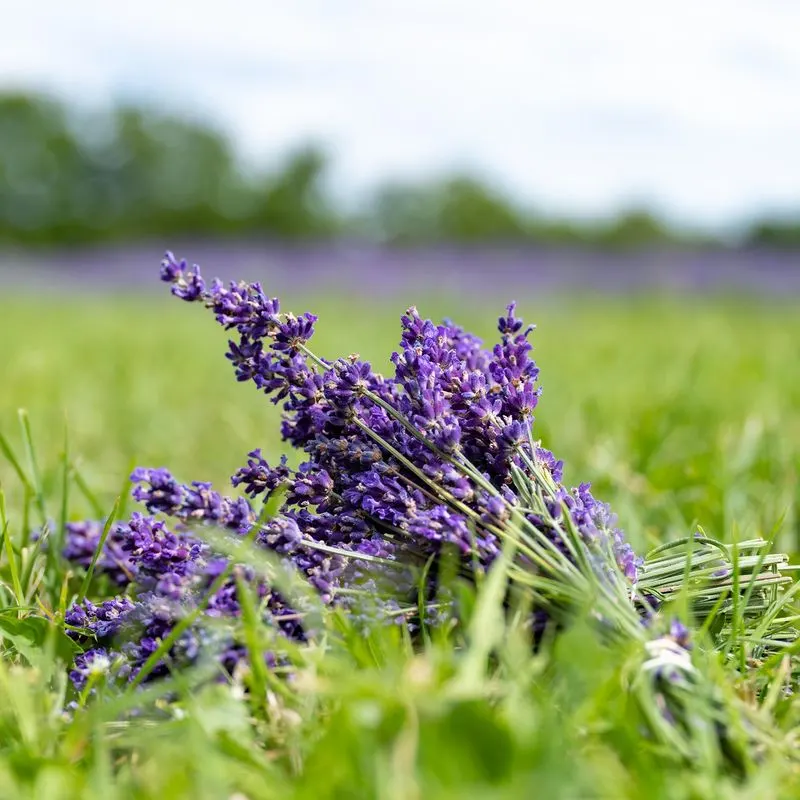
Lavender isn’t just a pretty face in the garden; it’s the epitome of resilience. This aromatic herb is famed for its ability to thrive in dry, rocky soil where other plants might wither. The soothing scent of lavender is universally recognized and brings a sense of calm to any space. Plant it along pathways or in containers to fully enjoy its fragrance. Lavender’s silvery foliage and vibrant purple blooms add a splash of color, making it a standout feature. Versatile beyond the garden, its flowers can be used in cooking, teas, or potpourri.
Rosemary
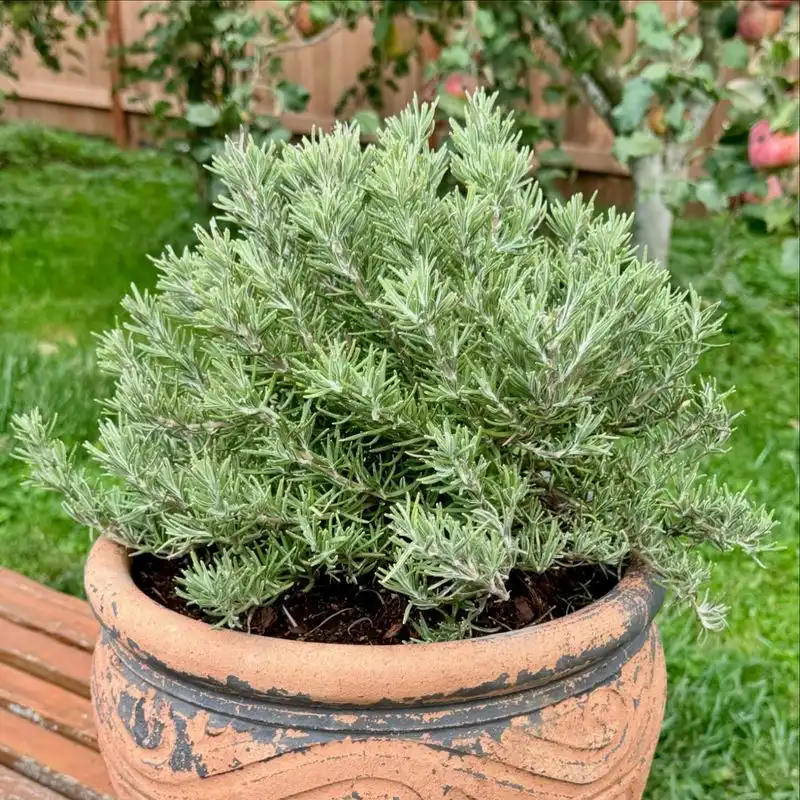
With its robust nature, rosemary is a culinary and gardening favorite. This Mediterranean native enjoys basking in the sun and is surprisingly drought-tolerant once established. Rosemary’s evergreen needles can be plucked year-round for seasoning a variety of dishes. Its tiny, blue flowers are a delightful bonus, attracting bees and other pollinators. When planted in well-draining soil, rosemary can become a long-lived shrub in your garden. Whether used fresh or dried, its woody aroma adds depth to meats, breads, and roasted vegetables.
Thyme
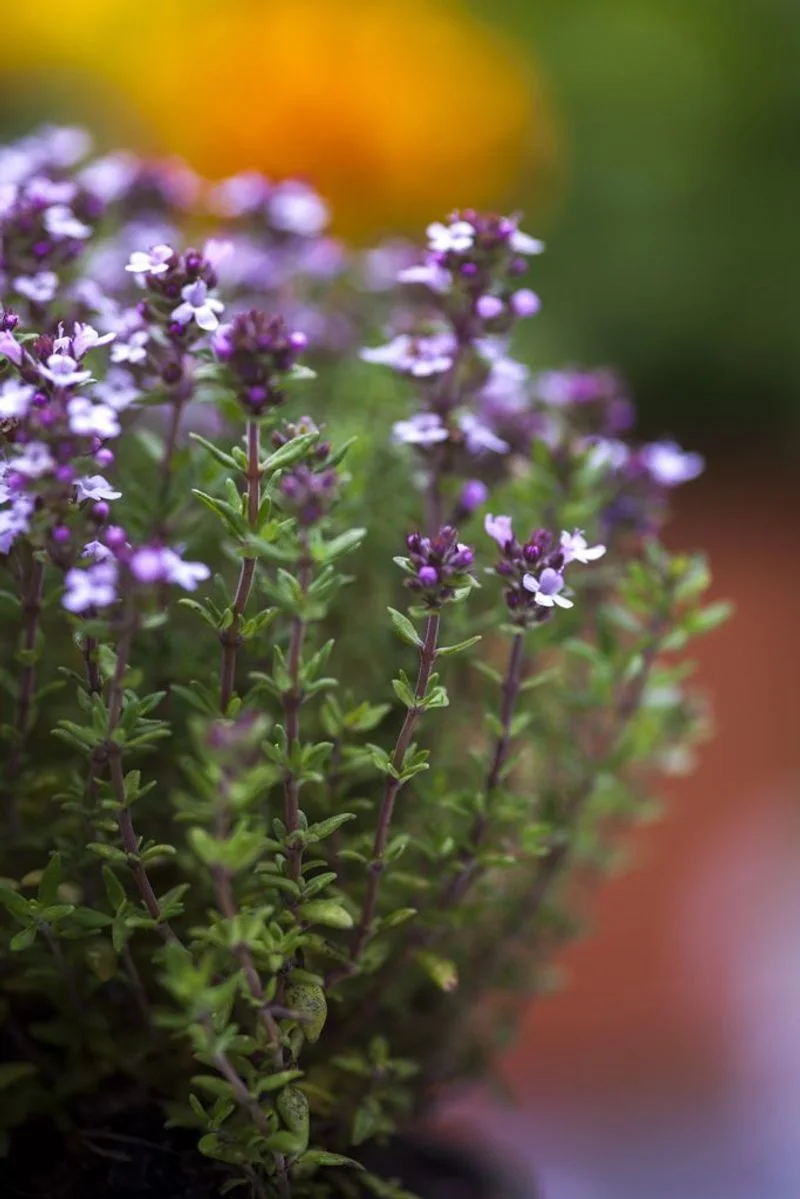
Thyme is the quiet hero of the garden, known for its ground-covering ability and aromatic leaves. Once planted, it forms a verdant carpet that withstands dry conditions with ease. The small, fragrant leaves are a staple in many cuisines, infusing dishes with a subtle earthiness. Thyme adapts well to various environments, thriving in rocky or poor soil where other plants might struggle. Come spring, it’s sprinkled with tiny, delicate flowers that attract beneficial insects. Both visually appealing and useful, thyme is a must-have for any drought-proof garden.
Sage
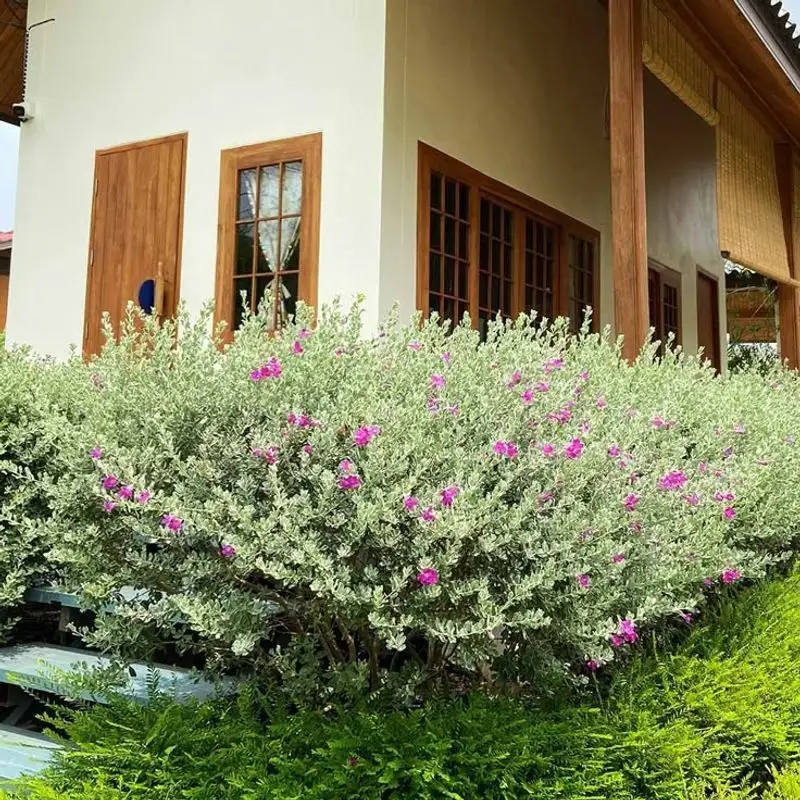
Sage stands out with its bold, savory aroma and striking appearance. Its velvety leaves, ranging from grey to green, bring texture and scent to dry gardens. This hardy herb thrives with minimal water once established, making it perfect for xeriscaping. Sage isn’t just a garden beauty; it’s a culinary powerhouse, adding depth to sauces, meats, and stuffing. Its resilience and aromatic qualities make it a favorite for pollinators too. Whether used fresh or dried, sage offers a rich, earthy flavor that complements a variety of dishes.
Oregano
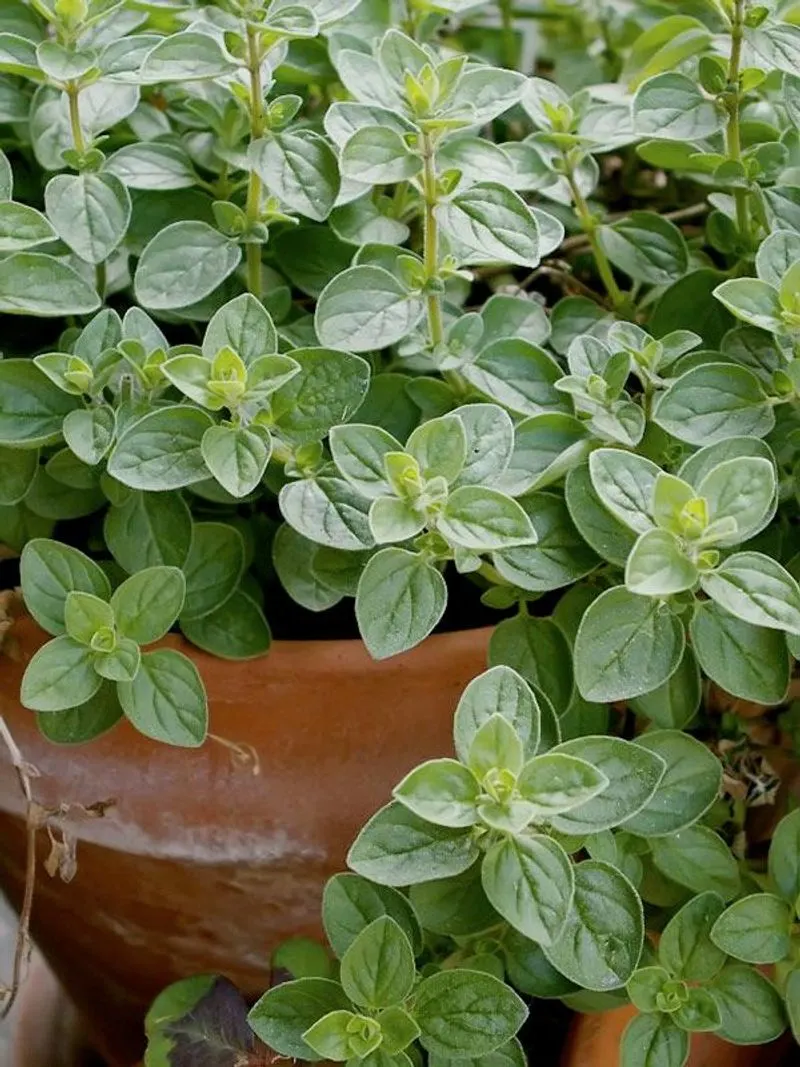
Oregano’s robust flavor is matched only by its ability to endure tough conditions. Ideal for dry gardens, it relishes rocky, sunbaked soils where it can grow prolifically. This herb is indispensable in the kitchen, known for its warm, peppery taste that enhances Mediterranean dishes. Small purple flowers bloom in late summer, attracting bees and butterflies, adding life to your garden. Oregano’s low maintenance needs and culinary versatility make it a practical and flavorful choice for any herb enthusiast.
Basil

Basil, while often associated with lush growth, can adapt to drier climates when properly tended. Known for its vibrant green leaves and sweet smell, it flourishes in full sun with just a bit of care. Regular pruning encourages more growth, ensuring a consistent supply for your culinary needs. Basil’s fragrant foliage is a staple in kitchens worldwide, particularly in Italian cuisine. Even though it prefers slightly more moisture than others, this herb can surprise you with its adaptability.
Bay Laurel
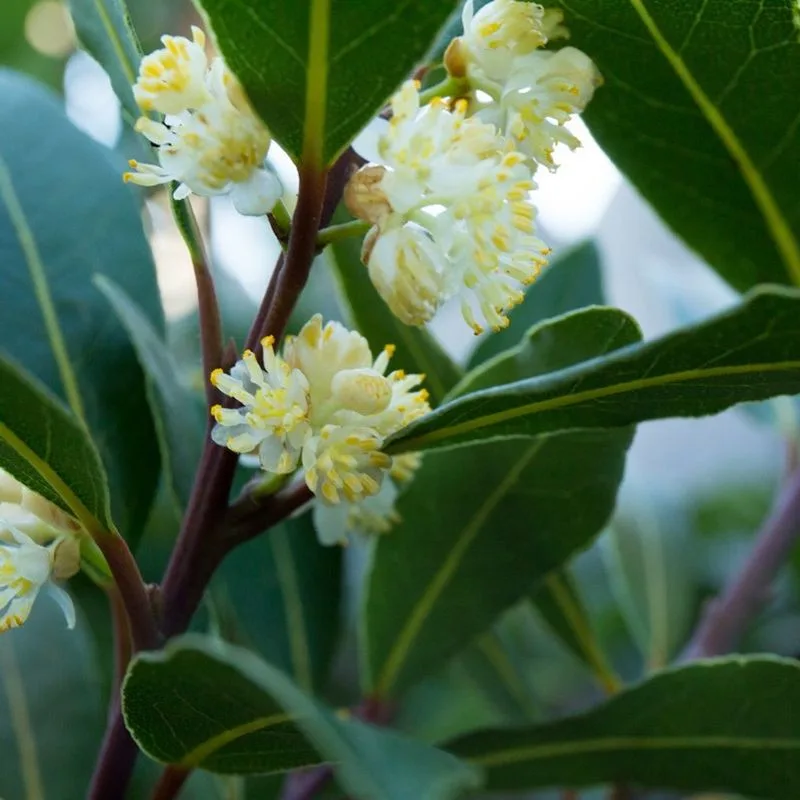
Bay laurel is a symbol of strength and endurance, thriving where many plants would falter. Its glossy, dark green leaves are not only ornamental but also a kitchen essential. This Mediterranean native prefers a sunny spot with well-drained soil. Bay leaves are a crucial ingredient in soups, stews, and sauces, infusing dishes with a subtle earthiness. Besides its culinary uses, bay laurel’s resilient nature makes it a valuable addition to any drought-prone garden. Its stately presence can anchor a garden design, combining beauty with utility.
Mint
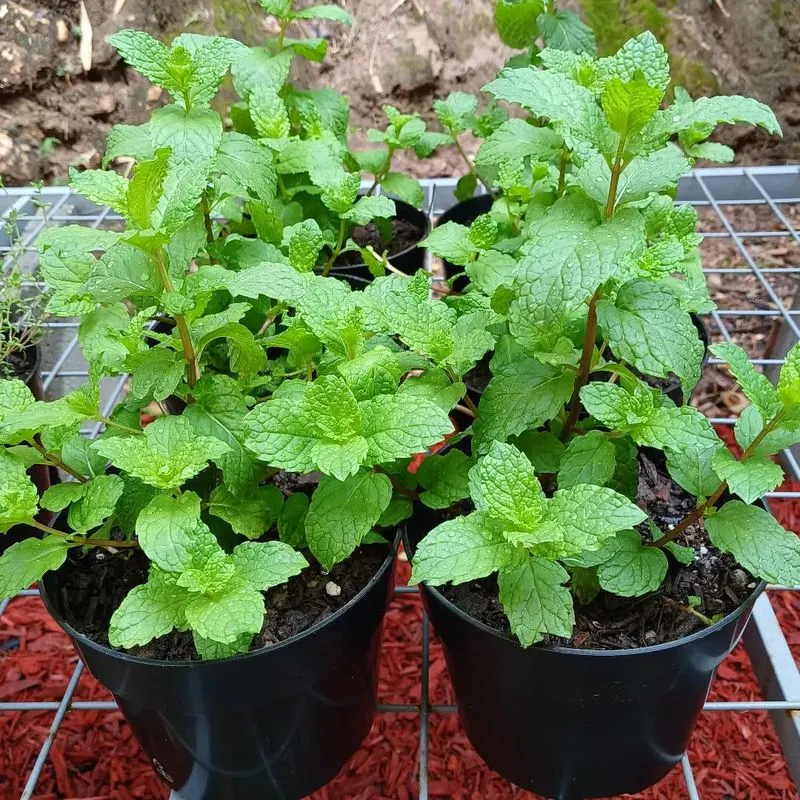
Mint’s refreshing aroma is matched by its tenacity. While it prefers moist soil, certain varieties can adapt to drier conditions, making it a surprising contender for drought-prone gardens. Its fast-growing nature requires management, but mint’s aromatic leaves are well worth the effort. Commonly used in teas and desserts, mint adds a burst of freshness to any dish. Its invigorating scent can elevate your garden experience, making it a delightful sensory addition. Keep it contained to enjoy its benefits without letting it overrun your space.
Lemon Balm
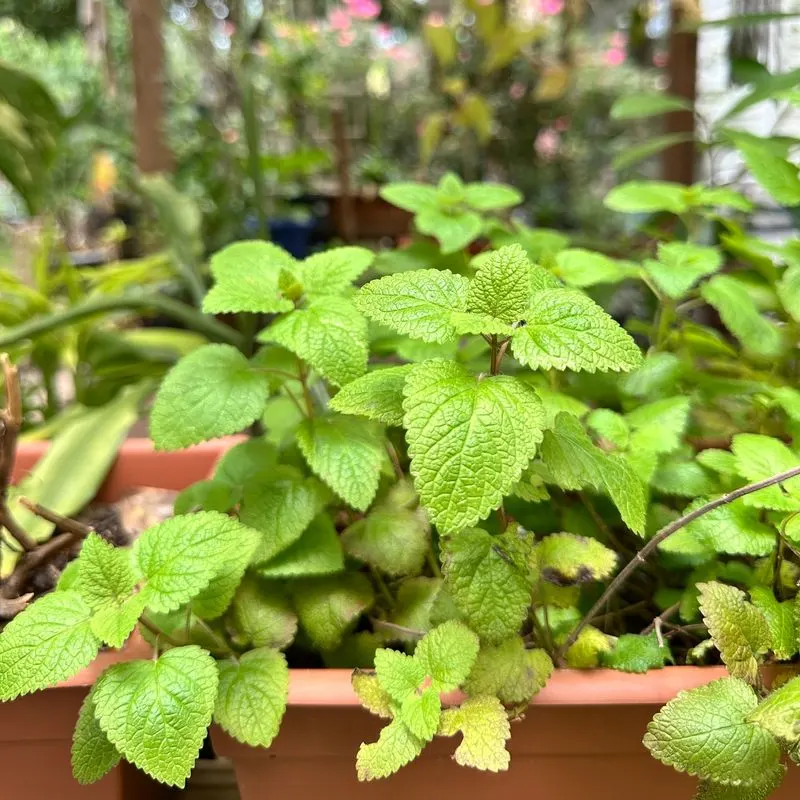
Lemon balm is a herb with a personality as bright as its citrusy scent. Thriving in dry, sunny spots, it brings a lively fragrance and fresh flavor to the garden. Its bright green, heart-shaped leaves can be used in teas, salads, and desserts, offering a zesty twist. While it can spread quickly, its cheerful aroma and flavor make it a garden favorite. Lemon balm’s ease of growth and delightful scent ensure it stands out, providing both culinary and sensory enjoyment. Its uplifting presence is a boon to any dry garden.
Chives
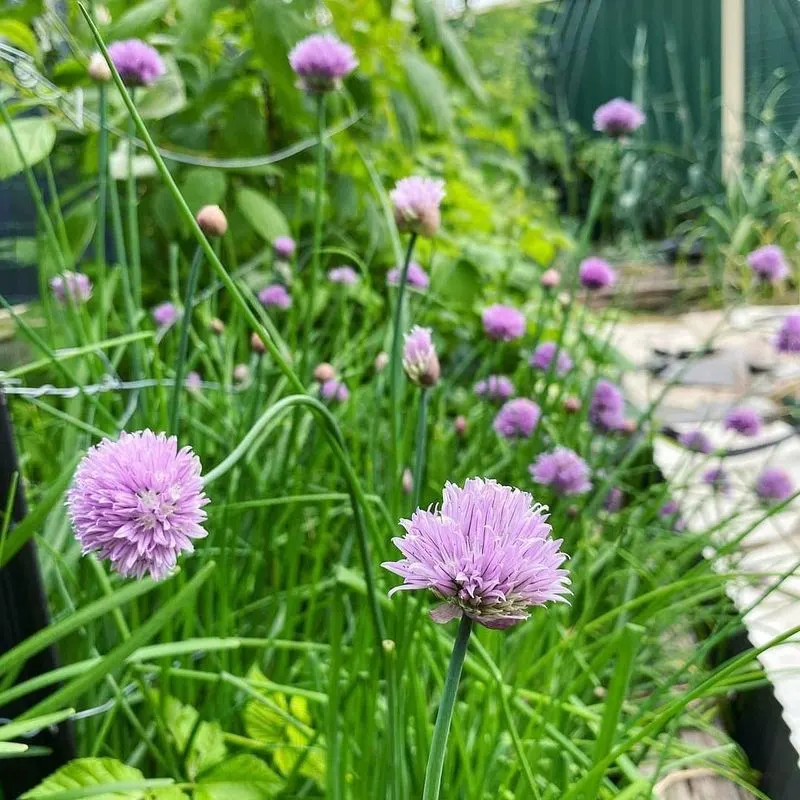
Chives are the unsung heroes of the herb garden, thriving with minimal fuss and water. These slender, tubular plants are known for their mild onion flavor, making them a versatile addition to many dishes. In spring, chives burst into purple blooms, adding color and attracting pollinators. Ideal for edging garden beds or containers, they adapt well to dry conditions once settled. Their low maintenance nature and culinary versatility ensure that chives are a beloved staple in any drought-tolerant herb collection.
Parsley
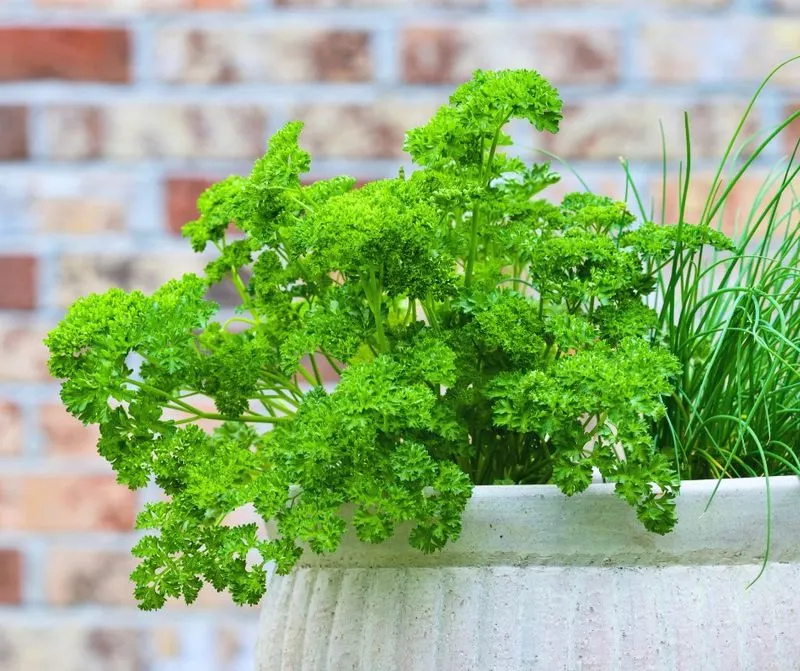
Parsley is often underestimated, yet it is a powerhouse of nutrition and flavor. Thriving in well-drained, sunny spots, it’s more drought-tolerant than you might think. This biennial herb offers lush, curly foliage that is rich in vitamins and perfect for garnishes or enhancing dishes. Parsley’s fresh, clean flavor complements a range of recipes, from salads to soups. Its resilience and ease of growth make it a superb choice for any gardener looking to cultivate a drought-proof collection.
Dill

Dill’s feathery fronds are not just a culinary delight but also a drought-tolerant garden asset. This herb, with its unique taste, is a staple in pickling and pairs wonderfully with fish and salads. Dill thrives in sunny, dry conditions, making it ideal for water-conscious gardeners. Its tall, slender stems can reach impressive heights, adding vertical interest to your garden. When in bloom, dill attracts beneficial insects, enhancing biodiversity. Its adaptability and distinctive flavor make dill an excellent choice for a drought-proof herb garden.
Fennel
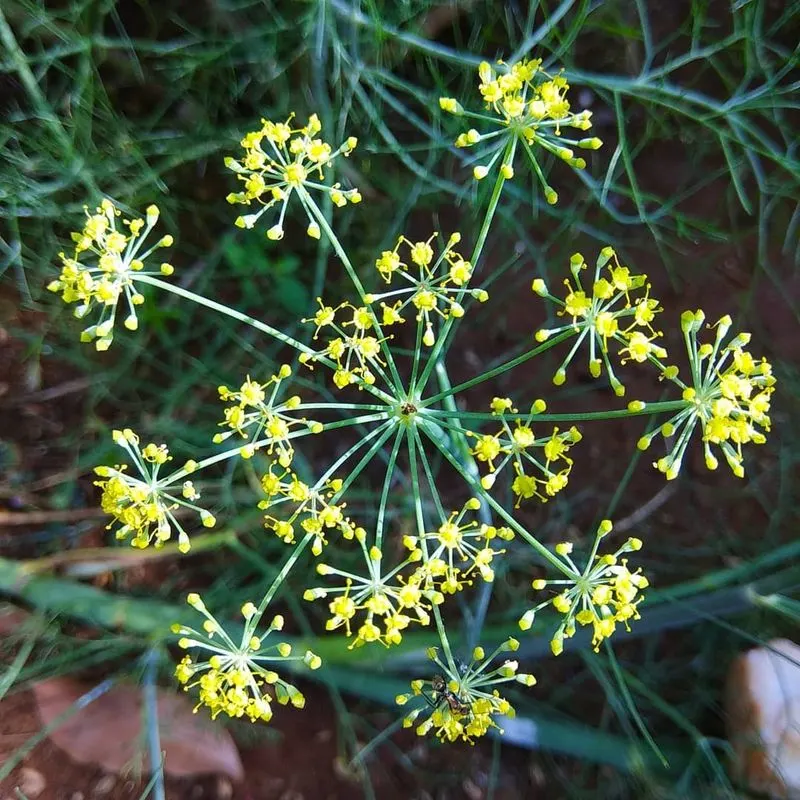
Fennel is a standout in the herb garden, known for its anise-like flavor and graceful appearance. Thriving in dry, sunny environments, it can grow into a towering plant with feathery leaves and bulbous stems. Fennel seeds add a sweet, licorice-like taste to dishes, while the leaves can be used fresh in salads. Its flowers attract pollinators, making it both a culinary and ecological asset. Fennel’s ability to flourish with minimal water makes it a valuable addition to any drought-resistant garden.

